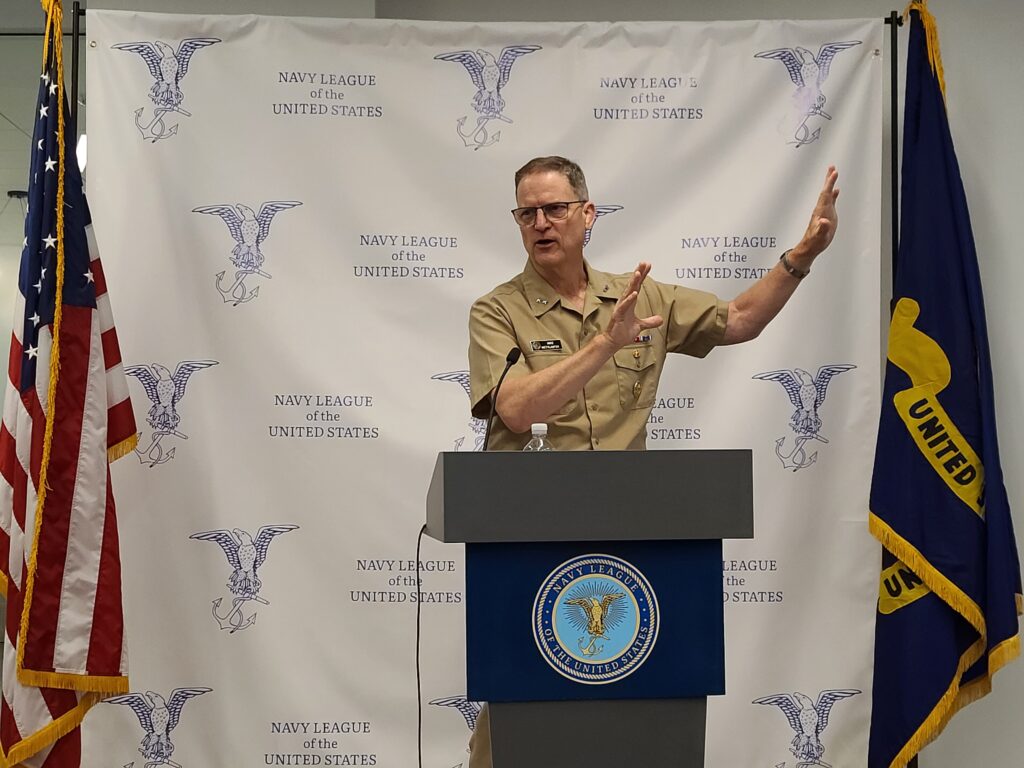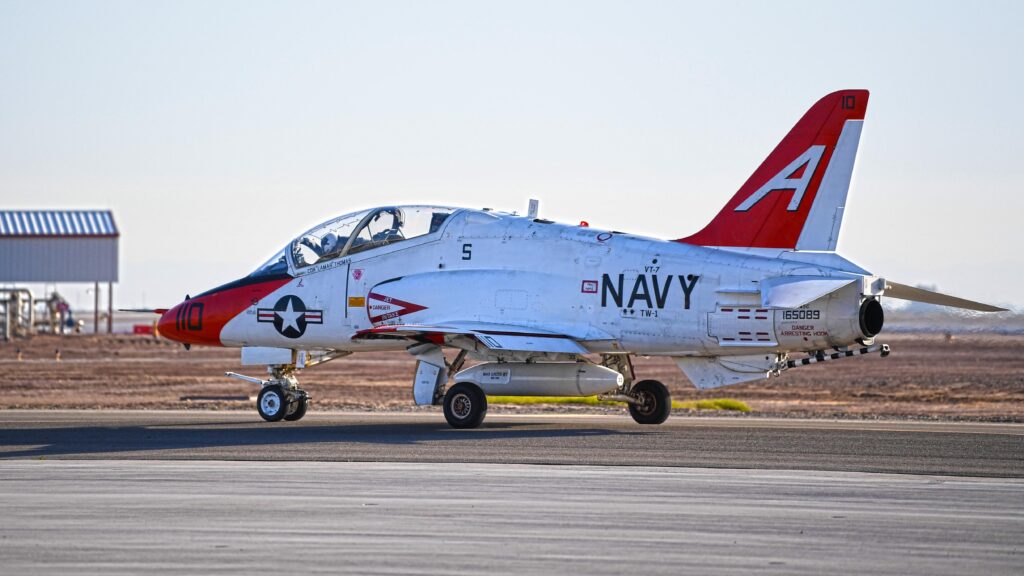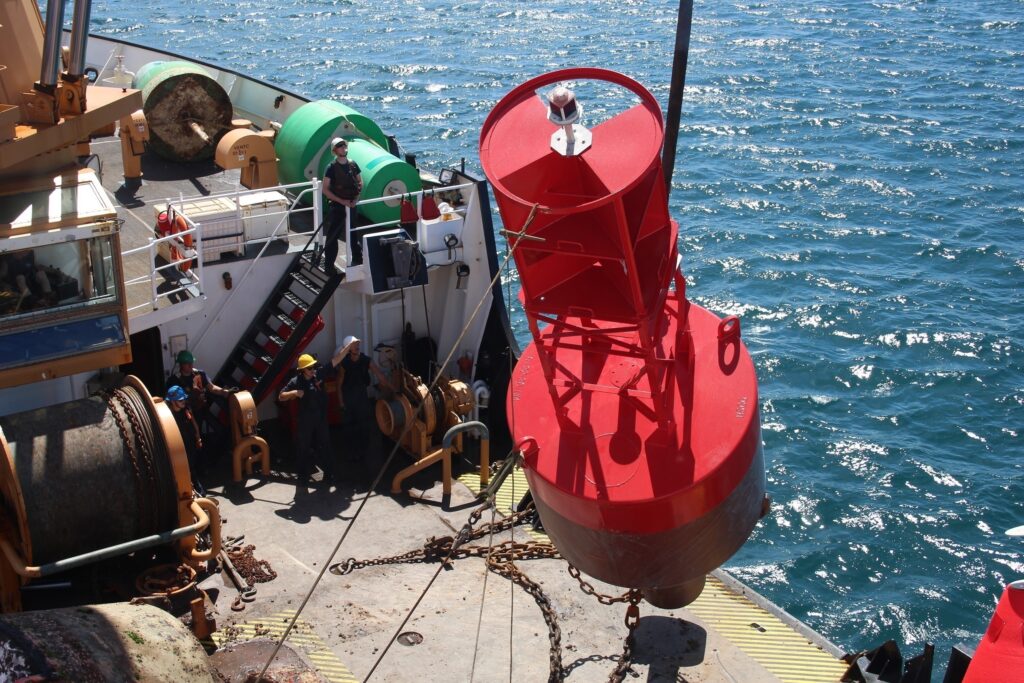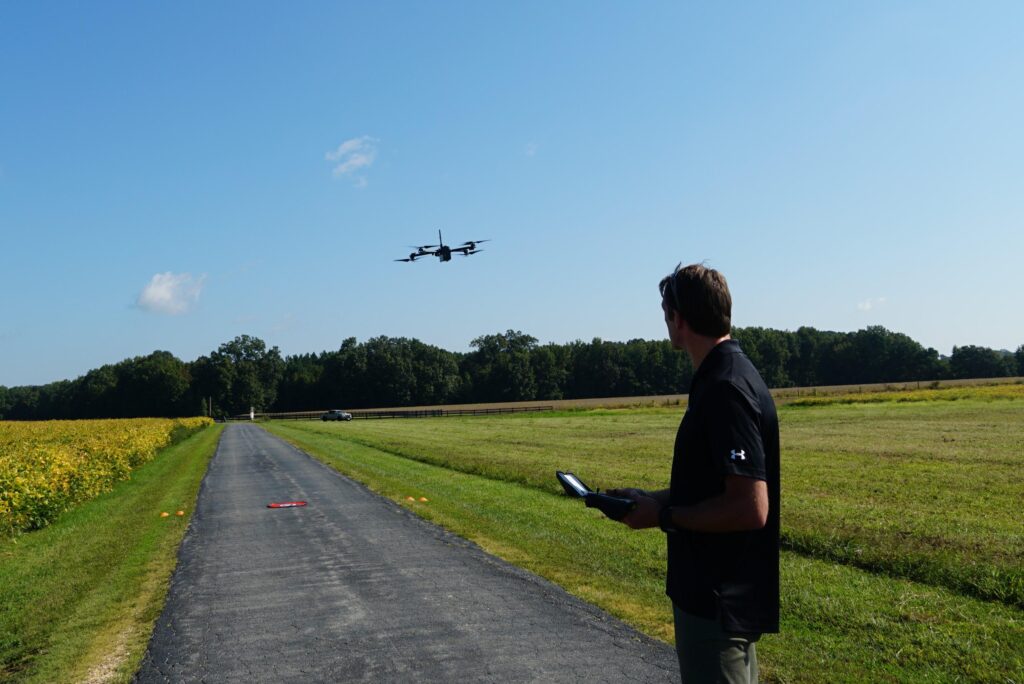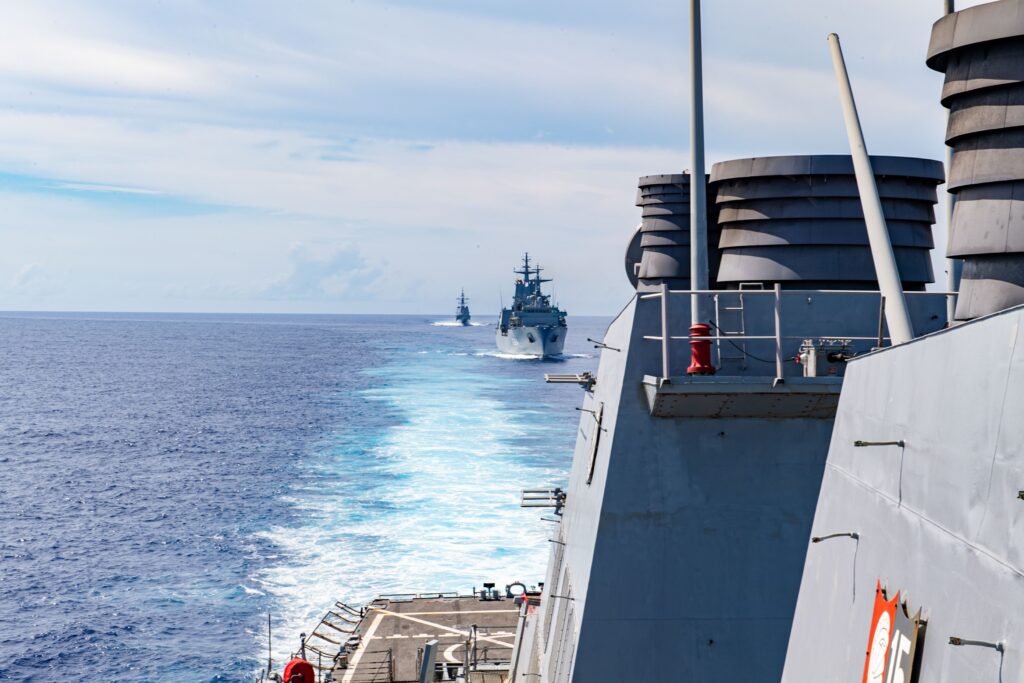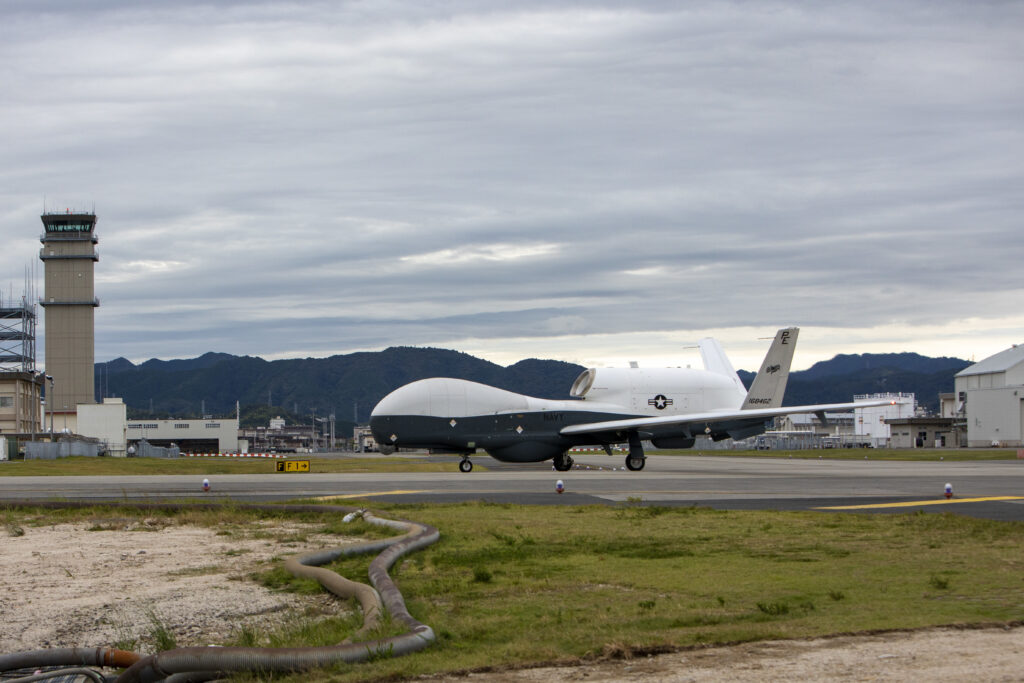Cutter Alert Returns to Astoria Following 68-DayDrug Interdiction Patrol
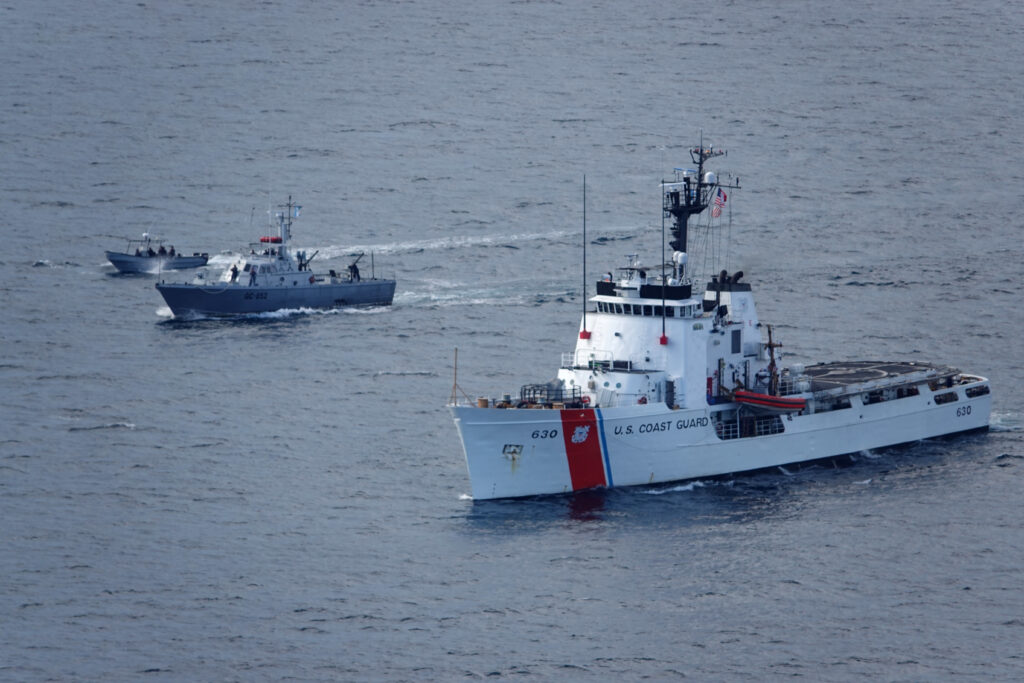
ASTORIA, Ore. — The U.S. Coast Guard Cutter Alert (WMEC 630) crew returned to their homeport Saturday Oct. 8, following a 68-day patrol in the Eastern Pacific Ocean, the Coast Guard Pacific Area said in an Oct. 19 release.
The crew steamed over 13,700 nautical miles ranging from Oregon to Columbia and conducted counter-drug missions, search-and-rescue operations and international law enforcement training engagements.
While in theater, Alert’s crew boarded three Costa Rican fishing vessels and successfully removed 1,440 pounds of marijuana valued at $1.4 million. Furthermore, during the boarding of the fishing vessel Mujer Gitana, Alert’s crew detected and articulated numerous factors of reasonable suspicion allowing Costa Rica to issue a return to port order. Costa Rican Law Enforcement officials searched the vessel and located a hidden compartment under a reversible steel hydraulic door system, a smuggling technique that reportedly has never been seen before on a Costa Rican vessel. The search resulted in the seizure of 729 kilograms of cocaine worth $21.1 million, and the apprehension of seven detainees by one of our top-priority partner nations.
Additionally, the Alert crew led a multinational training engagement with the Guatemalan Navy, conducted three joint boardings with the Costa Rican Coast Guard, and responded to one search and rescue case involving an American fisherman off the coast of Baja California.
The embarked helicopter aircrew flew more than 50 hours over 16 days and searched thousands of miles over the Eastern Pacific Ocean.
The ship also freed two sea turtles that were found entangled in fishing nets left drifting upon the ocean.
“I’m extremely proud of the crew’s dedication, hard work, and sustained high levels of performance over the last two months,” said Cmdr. Matthew R. Kolodica, Alert’s commanding officer. “The Alert and crew truly epitomize the Coast Guard’s motto ‘Semper Paratus’ – ‘Always Ready’ and had a direct positive impact on stemming the flow of illicit narcotics to America, and we helped counter its destabilizing effects in Central and South America. As each day passes, the crew continues to inspire me; I’m truly honored to lead such an outstanding crew.”
Commissioned in 1969, Alert is one of three 210-foot medium-endurance cutters stationed on the West Coast. With a crew of 75, they regularly perform counter-drug, migrant interdiction, search and rescue and fisheries law enforcement missions throughout the Northern and Eastern Pacific Ocean.
